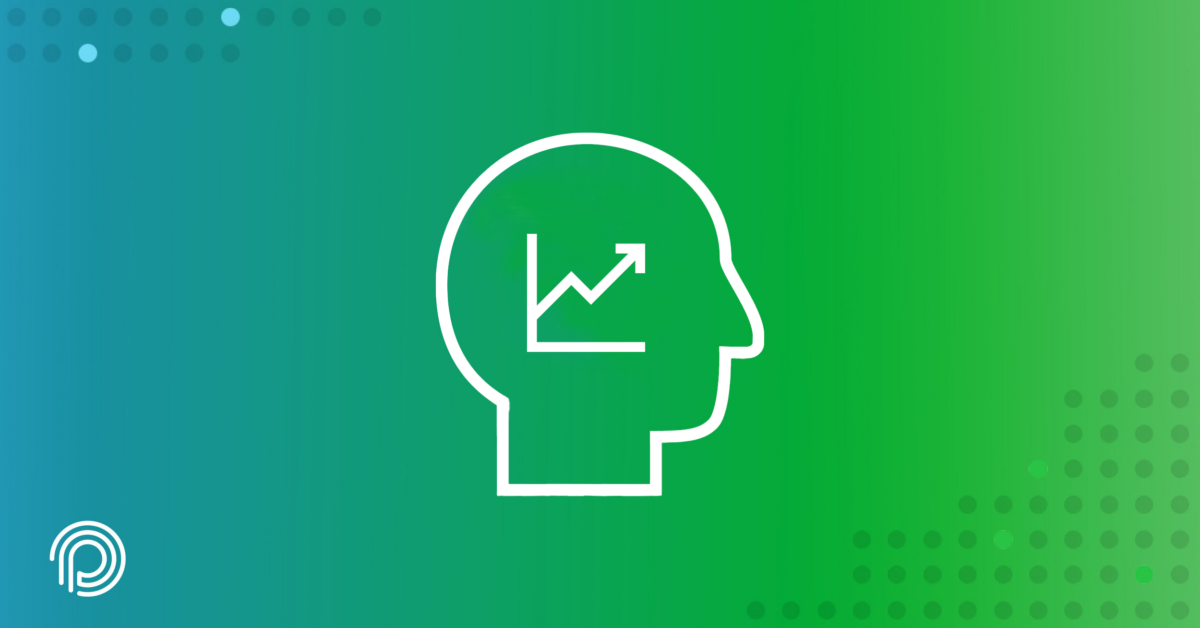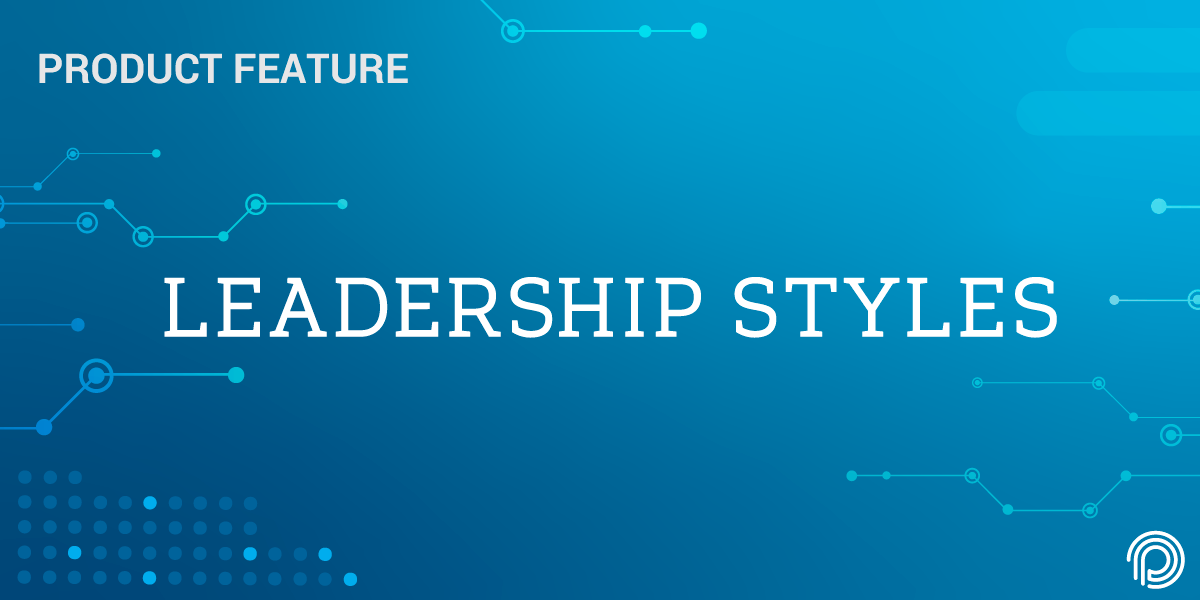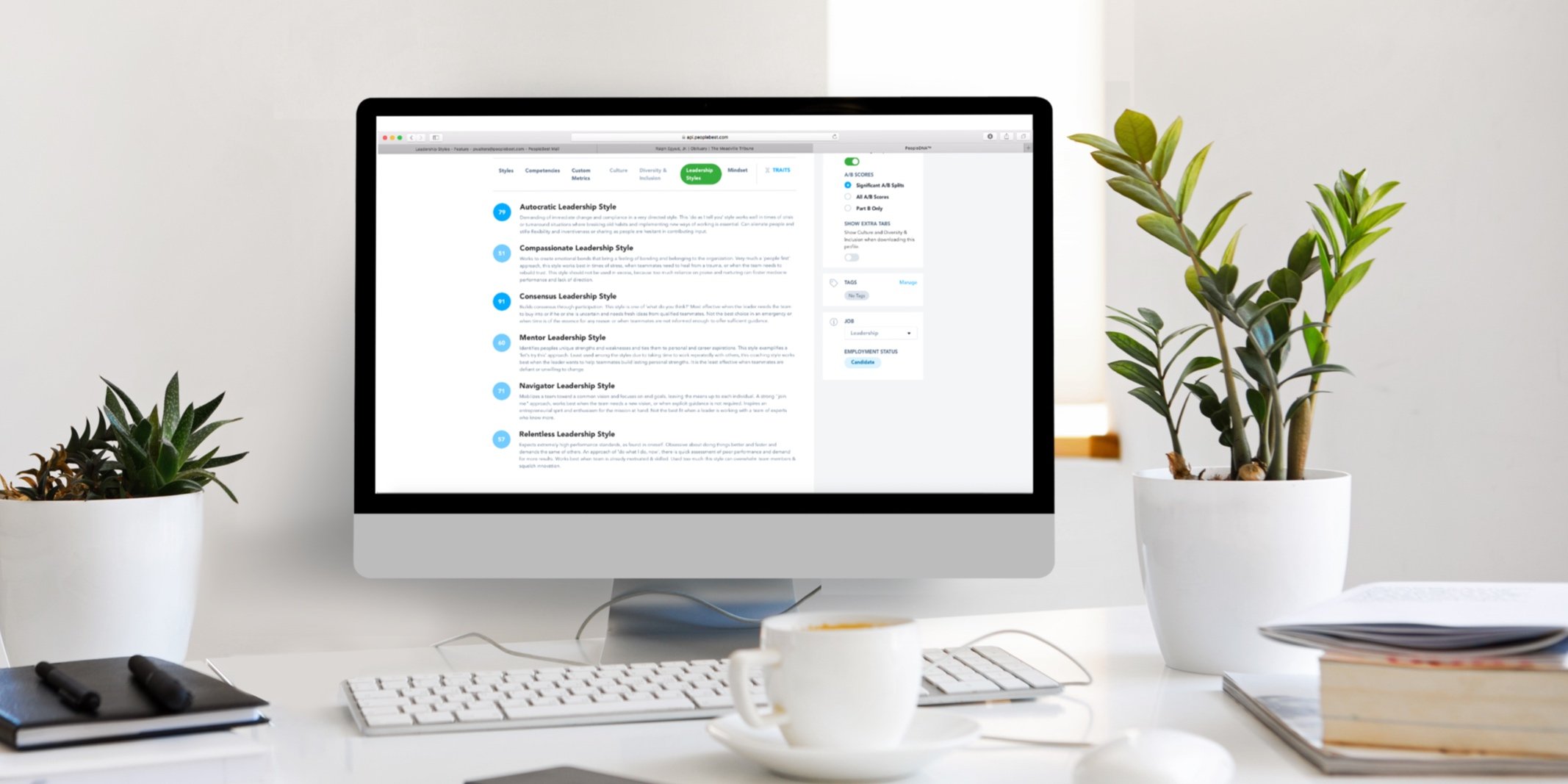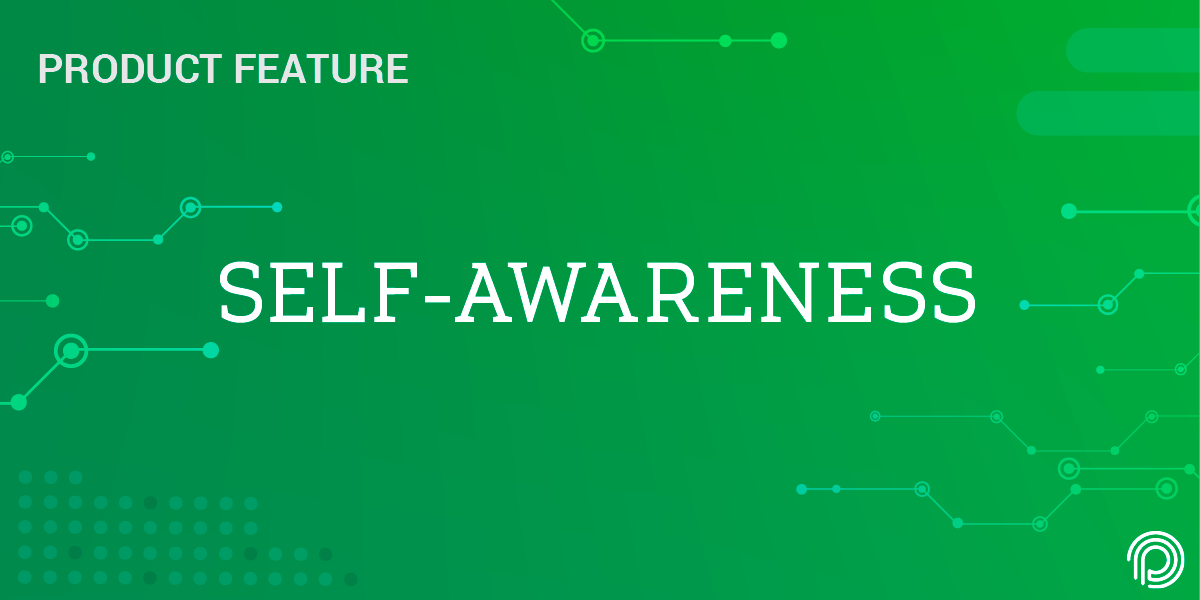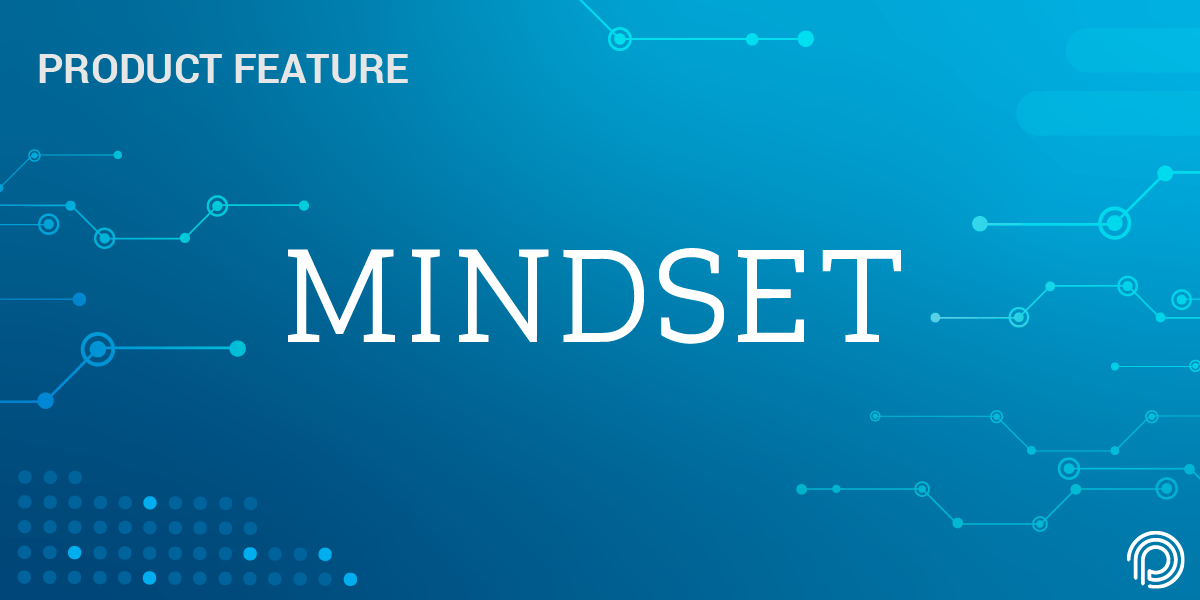People analytics is a term that has become buzzworthy in the last five years. People analytics? It’s essential. It’s game-changing. It’s the secret to HR’s success!
But what exactly is it?
Gartner puts it this way: “People analytics is the collection and application of talent data to improve critical talent and business outcomes.” This “talent data” generally measures a few different areas, from engagement and diversity to retention and recruiting.
People analytics is a good thing, and it can absolutely help HR departments get down to business. But datasets often lack one key element: Behavior. Information about employees’ habits will decode all of the other intel they report about their productivity, satisfaction and hang ups.
Add behavior — it just makes sense
Behavior data informs other areas of people analytics. Let’s consider how it can illuminate findings about company leaders.
Perhaps HR’s people analytics flag that there’s some frustration brewing in the engineering department, and many employees are reporting dissatisfaction with team leadership.
The analytics stop there.
HR pulls the performance reviews for engineering managers completed by the chief technology officer, but everyone has exceeded expectations. What does HR do now?
Behavior data lights the path forward. Behavior data can tell HR, for example, whether a manager’s leadership style is out of sync with a team’s preferences. A boss with micro-managing tendencies may irritate a group of workers who want to work hard on their long lists of tasks without a lot of interruption.
The situation could skew the other way, of course. A group of early career, entry level employees may falter without extra support from a hands-off boss.
Behavior data will tell you exactly how people are oriented. Regular people analytics? It won’t get you there.
You can’t count on lackluster data
With workers leaving their jobs in droves, employers must do whatever they can to recruit and retain the best talent. Data can help them do that, but the numbers have to reveal why people struggle or thrive in their roles.
When a dataset reports underwhelming results, employers are left guessing at their next move. But when the numbers flag the biggest issues and indicate the best response, HR knows the right path forward.
To find out how PeopleBest can provide the data to round out your people analytics, book a demo and set up a time to chat with one of our specialists.
PeopleBest is a revolutionary, simple and powerful way to capture the exact ‘DNA of success’ inside people, teams and companies.

